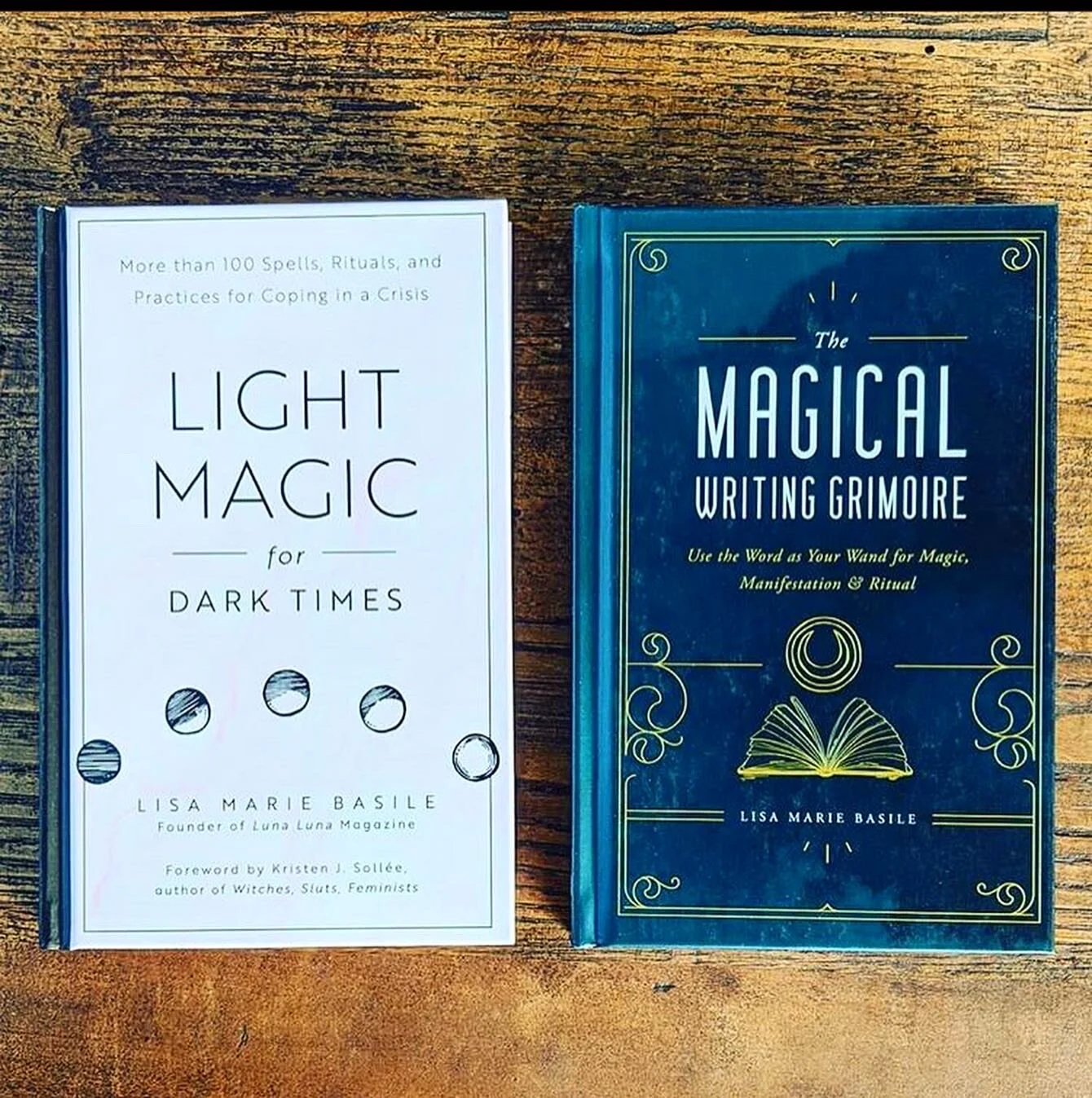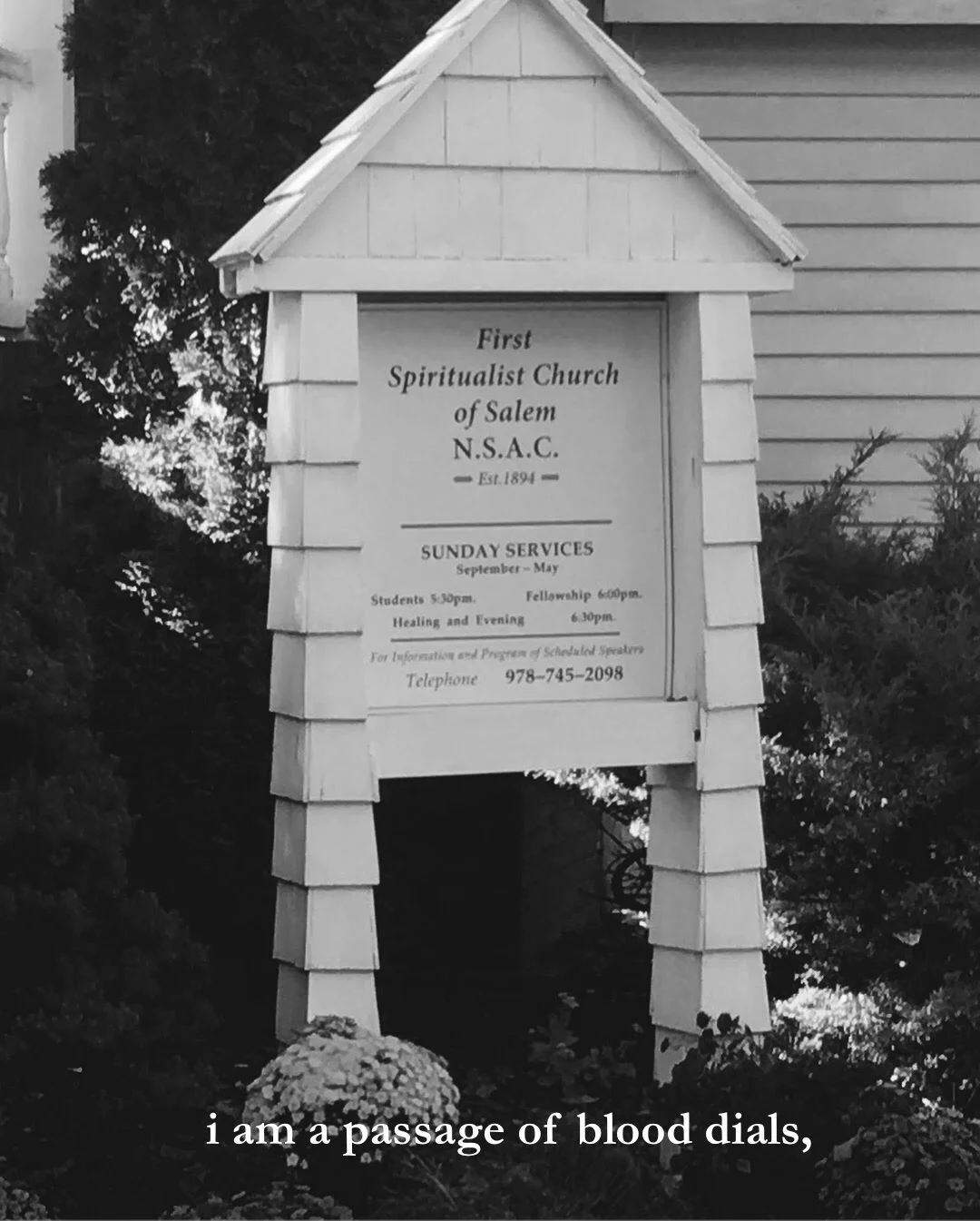BY PATRICIA GRISAFI
Editor's Note: A version of this article appeared on our old site.
It was like I had been preparing my whole life for this moment--meeting a famous, haunted doll. Standing outside the Fort East Martello Museum in Key West, Florida, I practiced what I would say: "Hi Robert, it’s nice to meet you. Can I take your picture? Thank you."
I knew I sounded like an idiot, but so did all the others who passed through Robert’s cavernous room at the Museum. As a skeptic fascinated by the supernatural, I traveled to Key West to see what the fuss was about. I was participating in a collective cultural experience, I told myself. I would be a polite tourist. According to the lore, being rude to Robert will result in an avalanche of misfortune, and I didn’t want to get cursed because I was too stubborn to pay my respects.
Patricia Grisafi
Stepping into the room, I saw the terrifying doll dressed in his jaunty sailor suit, nonchalantly sitting in a box and holding his stuffed dog. I also saw hundreds of letters taped to the surrounding walls: notes from children scrawled in crayon, neatly typed letters from adults--even a letter from President George W. Bush wishing Robert a Happy 101st Birthday. In these letters, apologetic pranksters pleading Robert for forgiveness. One child even begged Robert not to hunt him down, saying that he would come back and give Robert a placating treat or a gift.
Robert’s origin story features eccentric artists, a beautiful Key West mansion, and black magic. The doll was said to have been created and cursed by an unhappy Haitian servant who gave the possessed doll to young Robert Eugene Otto. The doll acquired a reputation for causing mysterious things to happen in the home: the sound of running feet, objects being moved, people behaving erratically. When something broke or went missing, Robert Eugene was fond of saying "Robert did it!" Eventually, Robert the doll got his own room in the turret of the now-named Artist House and tortured the Otto family for years.
Robert is only one of America’s haunted celebrity dolls (he even has a Twitter account now). Annabelle, the star of her own 2014 film, is another. In the movie, Annabelle is depicted as a creepy Victorian porcelain doll with exaggerated cheeks. The real Annabelle is a run-of-the-mill Raggedy Ann doll who has been stuffed inside what appears to be a bird house. Annabelle is considered a conduit--an object that usually serves as a channel for demonic energies to enter the Earthly realm. As the story goes, two nursing students were tricked into believing that the ghost of a lonely child wanted to inhabit the doll. After they acquiesced (because sure, why not), the students experienced a burst of unexplainable, violent activity in their home. They called paranormal superstars Ed and Lorraine Warren. The Warrens assessed the situation and quickly came to the conclusion that there was no ghost. Instead, a tricky demon now possessed the rag doll. You can visit Annabelle at the Connecticut Museum of the Occult, which is in the Warrens’ basement.
So, why do dolls get possessed? Or, maybe a better question to ask is: why are we fascinated by the notion of demonic dolls?
Patricia Grisafi
Dolls are unnerving. They resemble us and yet are not us. Freud called this combination of the familiar and the unfamiliar "the uncanny" or das unheimliche. When faced with the uncanny, we become unsettled, even frightened. But even without invoking Freud, demonic dolls seem to perform a lot of psychological work. Maybe it’s easier to project our anxieties about the uncertainty of human existence on a doll that may resemble a person instead of coping with the unknown. Maybe it’s also easier to think about such an object as a vessel for negative energies because we have the capacity for violence and impulsivity, dolls are supposed to represent innocence and domesticity; they are intended for children. However, children are often capable of extraordinary acts of cruelty. The fear that a child’s plaything might be harboring ominous forces speaks to our fear about the innate brutishness of humankind.
Where there’s fear, there’s usually economic opportunity. A thriving market for possessed dolls has recently popped up on eBay. Does the demonic doll aficionado collect for the thrill or because dolls seem easy to control and master? Are people looking for something to believe in? Someone’s collection of demonic dolls could be another’s cabinet of healing crystals.
One hour after I visited Robert the Doll, my landlord in Manhattan called to tell me my bathroom had been flooded from an upstairs leak. Now, I lived in a dump. But maybe, just maybe, I could have been more cordial to Robert.
Patricia Grisafi, PhD, is an English instructor and freelance writer. Her work has appeared in Bitch, Bustle, The Gloss, and Rogue Agent. She is passionate about poetry, pitbull rescue, cursed objects, and designer sunglasses.

































